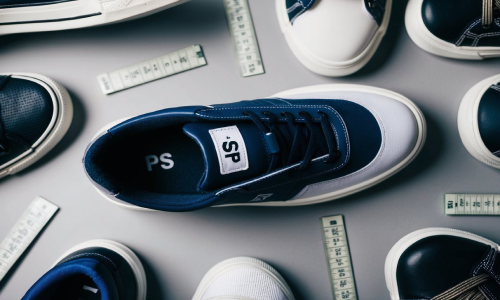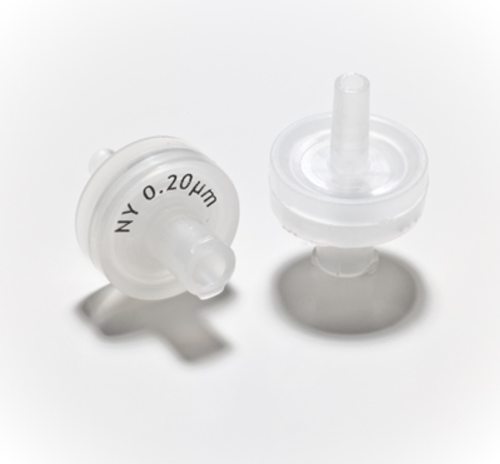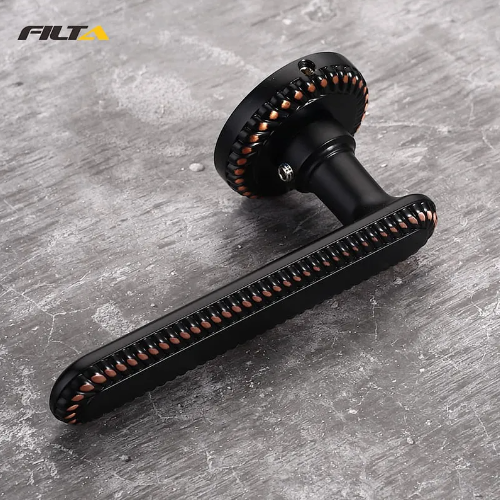Greetings in The Mighty Name of Jesus, The Christ!!!
Blessings In Prayer
Brothers and Sisters have you Weighed Your Prayers against Your Blessings? If you ever have, you will notice that Our Lord Jesus brings Blessings that Out Weigh The Prayer. In other words Jesus gives us more than we have asked for. But, as in all things, we must abide in Obedience.
Matthew 17:20 KJV
“And Jesus said unto them, Because of your unbelief: for verily I say unto you, If ye have faith as a grain of mustard seed, ye shall say unto this mountain, Remove hence to yonder place; and it shall remove; and nothing shall be impossible unto you."
We Must be Obedient to Faith when we approach Jesus in Our Prayers. The above Scripture dealt with the Disciples not being able to Heal by casting out a demon, Jesus said BECAUSE OF YOUR UNBELIEF you cannot do this. Jesus Works by Our Obedience to Faith which is the First Standing Order. We find that Our Lord Jesus could not do many miracles in Nazareth BECAUSE OF THEIR UNBELIEF!
Matthew 13:55-58 KJV
"55 Is not this the carpenter's son? is not his mother called Mary? and his brethren, James, and Joses, and Simon, and Judas? 56 And his sisters, are they not all with us? Whence then hath this [man] all these things? 57 And they were offended in him. But Jesus said unto them, A prophet is not without honour, save in his own country, and in his own house. 58 And he did not many mighty works there because of their unbelief."
If you Want a Blessing from Jesus, then you Must Walk In Faith when you approach Him. You Must NOT just say Words into the air not having the Understanding of Where they go and What they accomplish in Life. Jesus has always Blessed me more than I have asked in My Prayers. I am no different than anyone else except maybe in Faith. See I Believe, having Faith, that Jesus can truly do anything, except change the Will of Man! You say I have Faith and my question to you is Do You? Are you Walking IN the Rules that Apply? The Rules are not easy and can be very hard to Walk. My Life is in Jesus Hands and I have Faith that anything that I Request according to His Will, will be Accomplished because I Truly Love My Lord Jesus and it is out of Love that Jesus Honors My Prayers.
2 Chronicles 7:14-15 KJV
"14 If my people, which are called by my name, shall humble themselves, and pray, and seek my face, and turn from their wicked ways; then will I hear from heaven, and will forgive their sin, and will heal their land. 15 Now mine eyes shall be open, and mine ears attent unto the prayer [that is made] in this place."
Your Walk, Your Obedience, affects Your Prayers and Your Blessings. These Scriptures have not and will not change for us, they are The Foundation that the entire Bible is built upon, that is, a Relationship With Our God! If our Walk, our Obedience does Not Match Our Prayers, then Our Blessings will not come. These Scriptures are Our Guide in Walking With Jesus and Him Walking With Us. What is the proof of such a statement…
John 14:15 KJV
“If ye love me, keep my commandments."
God has given us the Mathematical Equation for Our Blessings In Prayer, but most of you refuse to Follow The Rules. These Rules Must always follow Love and Obedience in Our Walk for Blessings to become a Reality. You say Math has nothing to do with what you are saying, but it does if you look at it the way God looks at it. Love plus Obedience equals Blessings In Prayer.
There is another part that we must understand that Deals With our Blessings In Prayer, the Faith must be Past Tense in Believing. What??? You Must Believe that when you Pray that You Have Hope in the Answer to come.
Hebrews 11:1 KJV
“Now faith is the substance of things hoped for, the evidence of things not seen."
The Evidence is The Blessings In Prayer By Faith Walking IN Obedience. This will never ever change. It is a Demand By God, it cannot be manipulated as some have tried to do, it cannot be done in part and expect Blessings In Your Prayers. Jesus also gave us an example that we Must Follow…
Luke 22:42 KJV
“Saying, Father, if thou be willing, remove this cup from me: nevertheless not my will, but thine, be done."
The Key Words here are, “…nevertheless not my will, but thine, be done.”, it Must be according to Jesus Will for Our Lives. You ask, “How are we to Know Jesus Will for Our Lives?”, the Scriptures were not given to just read, but were given to Build a Relationship With Jesus, to Know Him and His Will. How do we know this…
James 4:3 KJV
“Ye ask, and receive not, because ye ask amiss, that ye may consume [it] upon your lusts."
Jesus is Not going to Alter His Will for you to Honor Your Flesh without Obedience and Love for Jesus at the Root of Your Asking. In other words, Jesus does Answer Prayer that deals with Your Flesh, but the Foundation in Asking MUST Always be the same, Love and Obedience in the Relationship between You and Jesus!!!
Understand this, not every one of my Prayers brings Blessings that I Understand, nor do they always produce What I have asked for. See again, one of the Keys is “Thy Will Be Done”, so, we Belong to Jesus by the Price He has paid in full, in return as well, Jesus looks at Our Request and looks at Our Future Potential to see the possible outcome. If Jesus sees that What we have Prayed for will bring Corruption to Him or You or Someone else, the Prayer may bring a Blessing Not Asked for, even a Silence that can be heard. This is another part that Makes Jesus more than Savior, but is part of Jesus being Lord Over Your Life!
Now there is another area that needs to be understood, the Prayers of Husbands and Wives. Blessings may not come if you two are not on the same page or if you are not following the same Rules Together as Jesus has demanded.
1 Peter 3:7 KJV
“Likewise, ye husbands, dwell with [them] according to knowledge, giving honour unto the wife, as unto the weaker vessel, and as being heirs together of the grace of life; that your prayers be not hindered."
Now before the Wives think more of themselves then they should, the Husband is still Head no matter what! The Honor is dealing with the Husband Loving his wife and showing her so, but also understanding that what God has done, by taking the rib, makes the wife a Weaker Vessel dealing with Godliness. Rather the Women or even Men agree or not, the Woman, in God’s Eyes, will never be Equal to a Man, except in Salvation, The Word and The Holy Spirit. If the Man is not Honoring his wife as the Scriptures Demands, then the Prayers will be Hindered and likewise to the Women, if you are not Obeying Scriptures dealing with Your Husband and Scripture Demands, your Prayers are Hindered as well.
If you are Praying and you think that you are not receiving Your Blessings, then you must check Your Life against Scripture to see what is going on. You Must also allow The Holy Spirit to Speak to bring Understanding at times. For some of you say you have never Heard The Holy Spirit Speak, then you need to Check Your Salvation then, because The Holy Spirit Speaks all of the time, if we do not Hinder Him from Speaking…
Ephesians 4:29-30 KJV
“29 Let no corrupt communication proceed out of your mouth, but that which is good to the use of edifying, that it may minister grace unto the hearers. 30 And grieve not the holy Spirit of God, whereby ye are sealed unto the day of redemption."
You can Grieve The Holy Spirit in many ways, but, the biggest way is Not Walking In Obedience and Not Obeying what The Holy Spirit speaks. Some of you rely on just The Scriptures to speak to you and by doing so have brought ignorance into your lives. What did Jesus say that The Holy Spirit would be sent for…
John 14:26 KJV
“But the Comforter, [which is] the Holy Ghost, whom the Father will send in my name, he shall teach you all things, and bring all things to your remembrance, whatsoever I have said unto you."
How can The Holy Spirit Teach or Remind us unless He Speaks!!!
Blessings In Prayer sometimes has to be Searched for, sometimes we get blinded by our own flesh that we do not see The Blessings that came from Our Prayers.
We must also be Thankful in Our Prayers before The Blessings Appears, in which is said in Hebrews. I Thank Jesus for Hearing My Prayers before My Prayers are Answered, this is Faith and Lordship to Jesus. It is like the Centurion that Asked Jesus to heal his servant, but did not need to come to his house to do so, but Understood that all Jesus had to do is Speak The Word and it was done, so likewise when we Pray, we Must Believe It is done on Our Behalf.
Matthew 8:5-10 KJV
"5 And when Jesus was entered into Capernaum, there came unto him a centurion, beseeching him, 6 And saying, Lord, my servant lieth at home sick of the palsy, grievously tormented. 7 And Jesus saith unto him, I will come and heal him. 8 The centurion answered and said, Lord, I am not worthy that thou shouldest come under my roof: but speak the word only, and my servant shall be healed. 9 For I am a man under authority, having soldiers under me: and I say to this [man], Go, and he goeth; and to another, Come, and he cometh; and to my servant, Do this, and he doeth [it]. 10 When Jesus heard [it], he marvelled, and said to them that followed, Verily I say unto you, I have not found so great faith, no, not in Israel."
Brothers and Sisters, count Your Blessings, remember What you have Prayed and have a Watchful Eye ON Jesus as Lord over Your Life in His answers unaware!
Have a Blessed Day, My Brothers and Sisters in arms!!!
Amen and Amen!!!
Email: godsonlyfoundation@gmail.com
Website: ApostleLee.com






